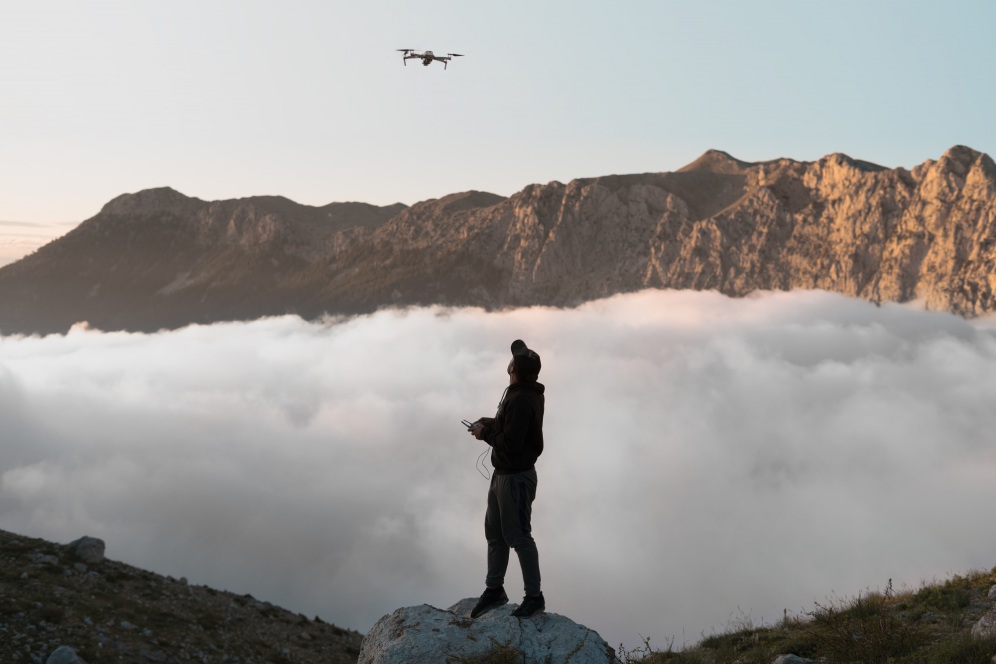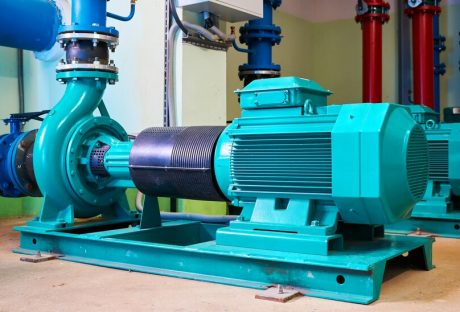The realm of search and rescue missions is witnessing unprecedented advancements thanks to aerial innovations. These technologies, like drones for search & rescue, are redefining the capabilities of emergency response teams, enabling them to conduct operations more effectively and safely than ever before. This article explores how these aerial innovations are transforming the search and rescue domain, enhancing missions’ efficiency, speed, and success rates across challenging environments.
Enhancing Real-Time Situational Awareness

Aerial innovations have improved real-time situational awareness during search and rescue operations. Drones with high-resolution cameras and thermal imaging can cover expansive areas quickly, providing live feeds to the command center.
This immediate access to visual information allows rescue teams to assess situations accurately and make informed decisions swiftly. The ability to survey disaster-stricken or hard-to-reach areas from the air has significantly reduced the time it takes to locate victims, evaluate risks, and strategize interventions, ultimately saving lives and optimizing resource deployment.
Utilizing AI and machine learning (ML) algorithms enhances the analysis of the data collected, helping in the identification of patterns and anomalies that human operators might miss, further increasing the effectiveness of search and rescue missions.
Precision In Search Operations
The precision offered by aerial technologies in search operations is unparalleled. Drones, for instance, can navigate through narrow spaces and harsh terrains, areas where human teams or traditional machinery might struggle or face risks.
Equipped with advanced sensors, these aerial devices can detect heat signatures or movement, aiding in identifying survivors in dense forests, collapsed structures, or avalanche sites. This precision not only enhances the chances of finding and rescuing individuals but also minimizes the exposure of rescue personnel to potential dangers.
Drones can drastically improve the outcomes of search operations by pinpointing the exact locations of victims, reducing the time required for rescue, and significantly lowering the risk of further casualties.
Rapid Deployment And Scalability
Aerial innovations enable rapid deployment and scalability in search and rescue missions. Unlike crewed aircraft or ground teams, drones can be launched quickly and in multiple numbers, allowing for simultaneous coverage of vast areas.
This scalability is crucial in the critical first hours following an emergency when the likelihood of saving lives is highest. The ability to deploy numerous drones at once or in response to evolving situations ensures that search and rescue operations can adapt dynamically to the demands of the mission, covering more ground in less time.
The agility and adaptability of drones make them an indispensable asset in the arsenal of search and rescue teams, enabling a more responsive and wide-reaching approach to emergencies.
Cost-Effectiveness And Resource Efficiency
Adopting aerial innovations in search and rescue missions introduces cost-effectiveness and resource efficiency. Operating drones or crewless aerial vehicles (UAVs) for surveillance and search efforts is significantly cheaper than deploying helicopters or large teams of ground personnel.
The reduced need for expensive crewed aircraft and the ability to conduct thorough searches with fewer resources means that emergency response units can allocate their budgets more effectively, enhancing their overall capacity to respond to disasters without compromising the quality of search and rescue efforts.
This economic advantage allows for more frequent and extensive training exercises, ensuring teams are well-prepared, and resources are readily available when real-life situations arise.
Improving Safety For Rescue Teams
One of the paramount benefits of aerial innovations is the improved safety they offer to rescue teams. By utilizing drones and other aerial technologies, rescuers can conduct preliminary assessments of unstable structures, flood zones, or wildfire-affected areas without directly exposing themselves to these hazardous conditions.
This precautionary measure ensures that rescue operations are conducted with a clear understanding of the risks involved, allowing teams to approach situations with the necessary caution and planning.
Moreover, by taking on tasks that would otherwise put human lives in danger, drones significantly reduce the risk of injury or fatality among rescue personnel. The deployment of drones in the initial stages of a mission can help determine the best course of action. In doing so, it ensures that when human responders enter the scene, they do so with maximum preparation and minimum risk.
Which Drones Are The Best For Search And Rescue?

When it comes to search and rescue, aerial surveillance can be done well with the right kind of drones. Just getting any type of drone doesn’t help. Rescue missions are operated better with drones equipped with thermal cameras. If thermal cameras are the best, you needed
For identifying and searching for a missing person, thermal drones use heat signatures for thermal imaging of an individual. The human body is a source of heat. The thermal imaging technology equipped with the drone cameras detects the heat signatures that the naked eye cannot.
The best drones have infrared sensors, making those temperatures visible through the remote screen. It takes quick surveillance to find missing individuals during a disaster like a fire or plane crash. Drones can easily track and find a missing person thanks to the heat signature detection features.
Especially during the early morning and at night, the infrared sensor of a drone is useful. The temperature of any human being or animal will be more than rocks, vegetation, and water. So, it helps detect a missing person. Thermal drones cannot see through objects. But, it makes it easy to detect a missing person when their heat signature is visible.
A Technical Perspective on How Drones are Used for Search & Rescue
1. Easy Detection
A search and rescue mission can involve various types of scenarios and difficult situations. If, for instance, when a rescue party is looking for someone stuck on one side of a cliff, the drone helps a lot. It gives the users a global perspective with real-time monitoring. The person handling the drone can see the movement and the position of the person they are trying to rescue.
2. Aerial Drones are Easy to Carry
Also, teams that have to hike to a specific height are at an advantage, with the drone making the ways and navigation easier for them. Hiking parties can carry the drone in their backpacks or small cases. This makes these drones portable and easy to carry. It doesn’t feel like an excessive burden.
3. Easy Detection And Remote Controlling
According to the technical grid perspective, the process is mostly about collecting drone footage. It can also be used to employ the acquired data effectively. After the drones are deployed, the users can utilize the remote control to make it fly back and forth. This facilitates a comprehensive coverage of the landscape. This way, no necessary information is missed, and the rescue operation is carried out properly.
4. Streaming Rescue Footage
Technically, the rescue team member is supposed to stay in a vehicle close by. They use HDMI and project the drone’s visuals to another large screen for the cloud. This way, the rescue team can livestream the rescue mission, telecast it, or send it to a command center for observation. The command center and the rescue team can make decisions based on the live streams.
Conclusion
The advancement of aerial innovations, as exemplified by technologies like drones for search & rescue, is revolutionizing the emergency response field.
These technologies improve the practicality and effectiveness of search and rescue missions and redefine the approach toward saving lives in critical situations. With the ability to offer real-time situational awareness, precision in search operations, rapid deployment, cost-effectiveness, and improved safety for rescue teams, aerial innovations are setting new standards in the rescue domain.
As these technologies evolve and integrate with search and rescue operations, the future promises even more successful missions, ensuring that the response is swift, strategic, and safe when disaster strikes.
Read More:






















